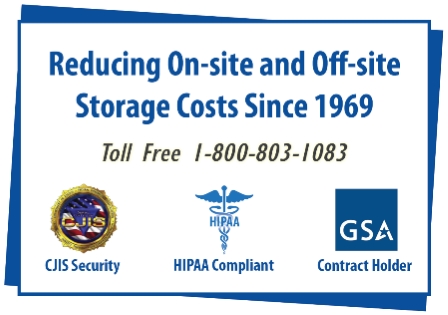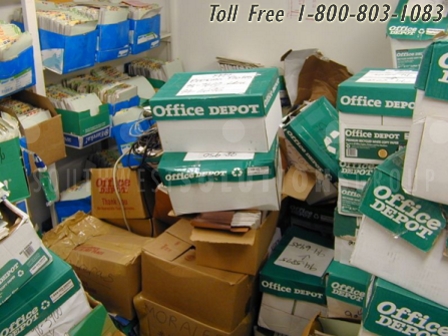on-site scanning service FAQ Part 2 (Read FAQ Part 1)
On-site document scanning is often more secure, more reliable, and more cost-effective than offsite storage or offsite scanning services. In part 1 we discussed some common questions about our document scanning services, and here we will continue to delve into more of your questions about our on-site document, record, and file scanning frequently asked questions.
Q: What is your approach and methodology for a document scanning project?
A: We start by asking questions—a lot of them. We first want to understand your objectives, how you normally do business, what’s most important to you and your company, and what your vision is for a successful outcome. Then, we benchmark your preferences against RIM (records and information management) principles, looking at workflow, compliance, retention, regulatory items, and security. Then we develop a plan that works with your budget and your future planning needs. Learn more about high-speed document scanning services.
Q: Do you sub-contract to local vendors?
A: Never. Your project stays with us and only us through the entire process.
Q: What if I need a record during the conversion?
A: Access is always available throughout the processing project. We’ll retrieve and re-file anything you need during the conversion.
Q: How do I know what format I want the images to be scanned in?
A: We use TIFF and PDF. Here are some factors to consider to help you decide:
When to use TIFF over PDF:
- You don’t OCR (optical character recognition) the images or want to keep them separate.
- Storage size is an important factor.
- Everyone who needs to see the image has access to viewing software.
- You need to maintain compatibility with WANG annotation format.
- You have very large pages that need to be accessed in pieces; TIFF supports a tiled mode that allows fast access to parts of an image.
When to use PDF over TIFF:
- You want to OCR the images so you will always be able to search the document.
- Your organization mandates an archival format like PDF/A for compliance purposes.
- You want users to be able to view the documents without installing special software; most users likely have a PDF viewer already.
- You annotate the images and want users to be able to see them.
Q: Can the documents be imported into our document management system?
A: Yes, including SharePoint, SAP, EMR, and other business software. It’s important for us to know what application you will use after scanning, and we test the entire process through to completion before we start production.
Q: If the originals are poor quality, will the images be legible?
A: We can sometimes improve the legibility of documents with various enhancement settings, but this is not always the case. The standard objective is that the deliverable be equal to or of greater quality than the original. In most cases, we recommend the use of a “poor quality original” identifier somewhere on the document if possible. If an image appears to be of poor quality, quality control techs will compare it to the original; if the scanned image is as good or better, the document will be stamped as “Poor Original.” For documents that can’t be stamped, notations and/or poor quality sheets can be inserted.
Q: Will I be charged for documents that require rescanning?
A: No. Our software only counts images that have been approved for release, so rescans aren’t included in the image count.
contact us for On-Site Document Record & File Scanning
Southwest Solutions Group® provides on-site document, record, and file scanning services to all types of businesses, and we will even scan and upload a box of your records for free so you can try our services before you buy. For more information or to speak with a document scanning specialist, call us at 1-800-803-1083 or send us a message today.



 Overview
Overview
 File Labeling &
File Labeling &




